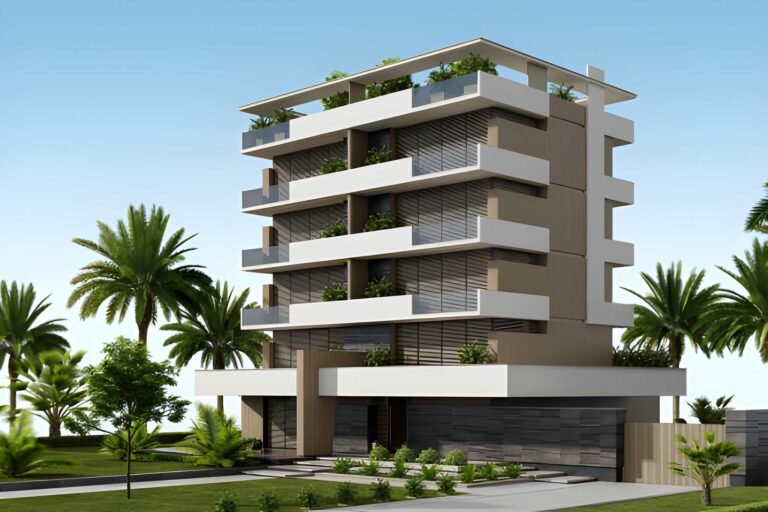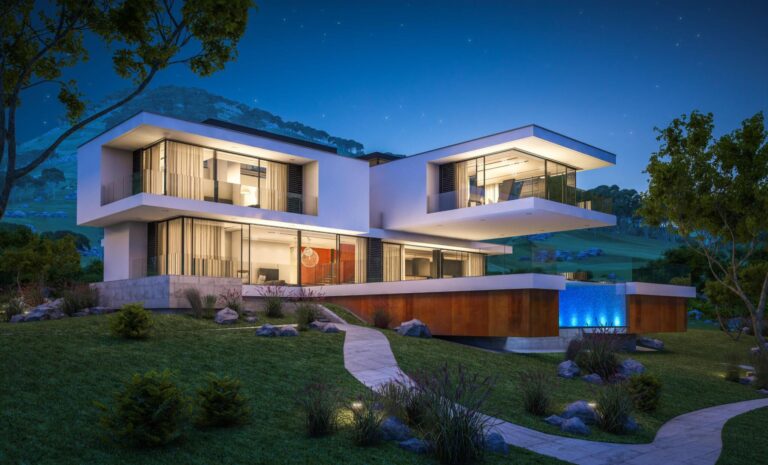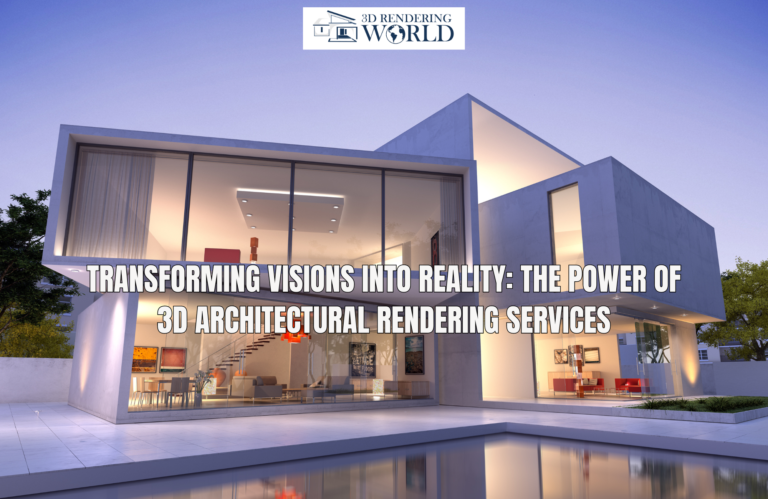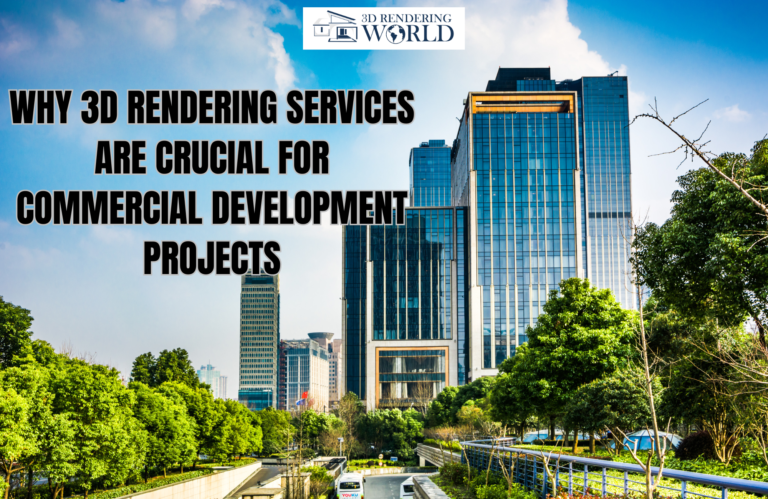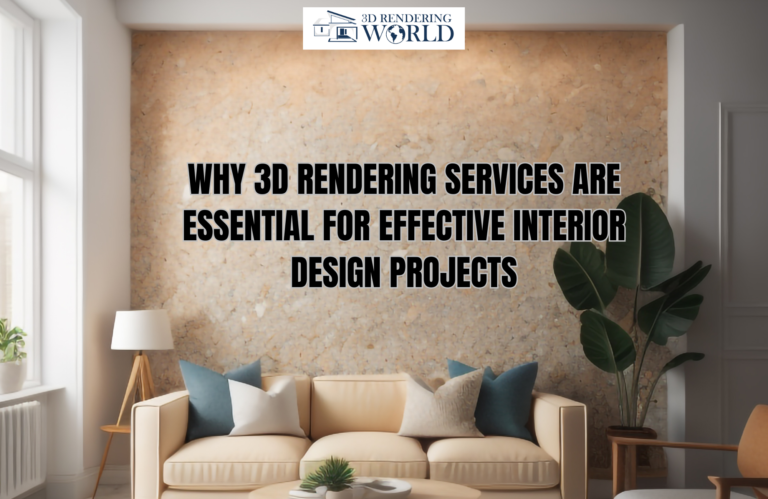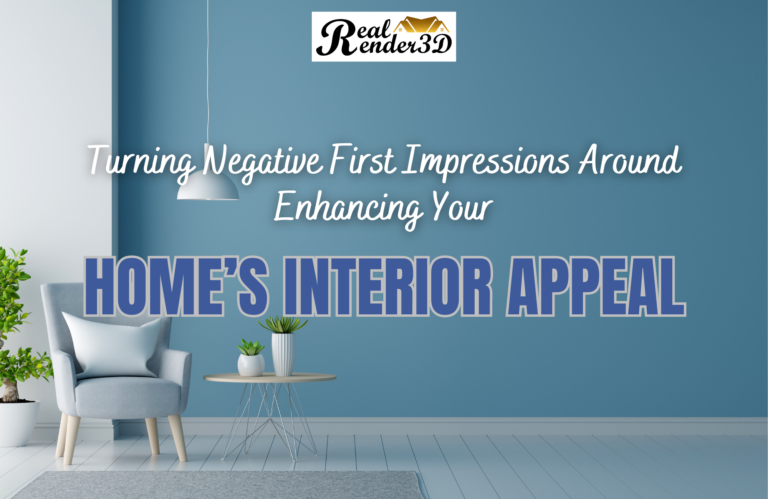Introduction
The world of design and construction has been revolutionized by the advent of 3D architectural rendering. This powerful tool has changed the way architects, designers, and clients visualize and bring to life their visions for buildings and spaces. As someone deeply immersed in this transformation, I’ve witnessed firsthand the profound impact that 3D rendering technology has had on our industry.
Bringing Ideas to Visual Reality

The leap from traditional blueprints to dynamic, detailed 3D models has bridged the gap between conceptual ideas and tangible realities. 3D rendering services allow us to create lifelike images of prospective projects, offering a glimpse into the future of architectural structures long before the foundation is laid. This visual communication tool is invaluable, transforming abstract ideas into visual masterpieces that everyone can understand and appreciate.
Streamlining Design Decisions

One of the standout benefits of 3D rendering is its ability to streamline the decision-making process. Designers can experiment with different materials, colors, and layouts with ease, making adjustments in real-time and immediately seeing the results. This level of flexibility and efficiency is unprecedented in the history of architectural design.
Enhancing Client Engagement and Satisfaction
The clarity that 3D renders provide has significantly enhanced the way we communicate with clients. Presenting a project through realistic renderings enables clients to visualize their investment accurately, fostering a deeper understanding and engagement with the design. This often leads to quicker approvals and higher levels of satisfaction, as clients feel more connected to the project from the start.
Revolutionizing Marketing Strategies
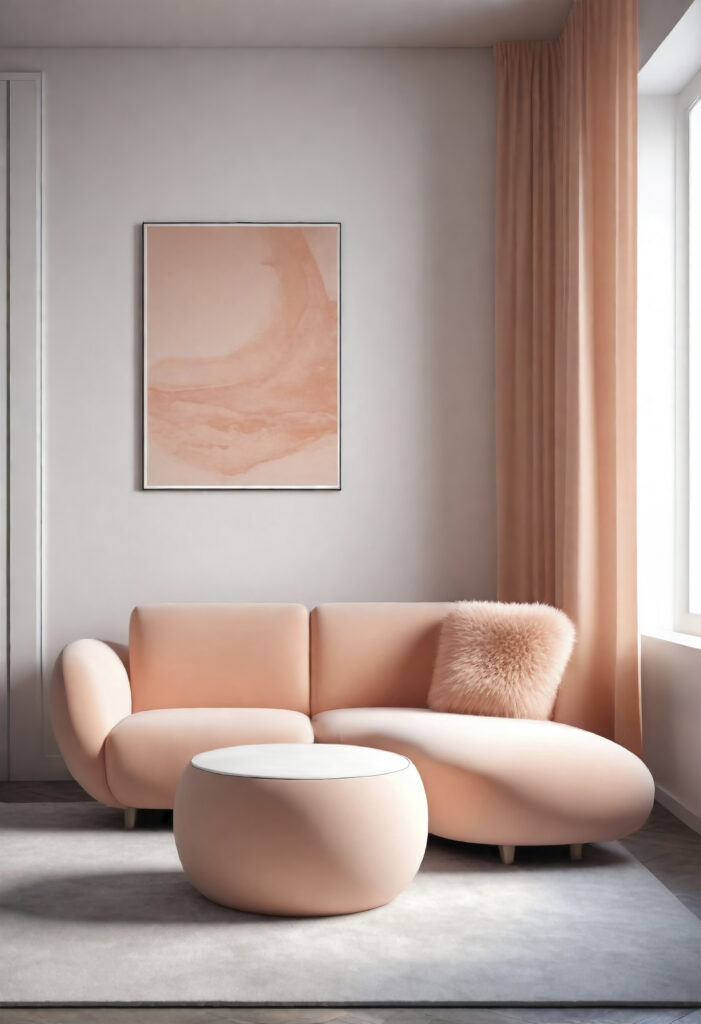
Marketing properties and architectural concepts have never been easier, thanks to 3D architectural rendering. Real estate professionals and architects can now showcase properties in their best light, attracting buyers and investors with compelling, detailed visuals of projects. This has opened up new avenues for pre-sales marketing, allowing potential buyers to explore properties virtually before construction is completed.
Navigating Challenges with Advanced Solutions
Despite the advantages, adopting 3D interior rendering comes with its challenges, such as the need for technical expertise and the initial investment in software and training. However, the return on investment is clear, as the benefits far outweigh these hurdles. Staying abreast of technological advances and integrating 3D rendering into the workflow has become a necessity for those looking to lead in the field of architecture and design.
Looking Ahead: The Future of Architectural Visualization

As technology continues to evolve, so too will the capabilities and applications of 3D architectural rendering. We’re already seeing the integration of virtual and augmented reality, offering even more immersive experiences. The future promises further advancements, with AI and machine learning poised to streamline the rendering process even more, making it faster and more efficient.
Conclusion
3D architectural rendering has undeniably transformed the landscape of design and construction. It has become an essential tool in the architect’s arsenal, enabling us to dream bigger and deliver projects that truly match our vision and the expectations of our clients. As we look to the future, embracing these technologies is not just advisable; it’s essential for continuing to innovate and succeed in the ever-evolving world of architecture.
Frequently Asked Questions
It's the process of creating digital, three-dimensional images of buildings and spaces before they're built.
It helps visualize designs clearly, improves decision-making, and enhances communication with clients.
Yes, identifying design issues early, reduces the need for costly changes during construction.
It provides realistic property visuals, attracting potential buyers and investors before construction is complete.
3D rendering produces static images, while virtual reality offers an immersive, interactive 3D experience.
Timing varies based on complexity but typically ranges from a few days to a couple of weeks.
Costs vary, but the investment is often offset by the benefits of improved design accuracy and client satisfaction.


